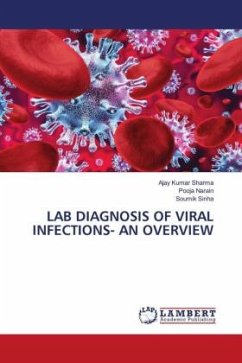Diagnostic virology is the recent addition to the services offered by clinical microbiology laboratories. Three distinct stages have evolved as laboratory workers have provided clinicians with objective data to evaluate patient with viral infections. Three stages are historical review, evolution of cell culture techniques, and diagnostic virology services. There is a list of viruses that cause disease. These viruses are divided into DNA and RNA viruses, which belong to various families.The evaluation of rapid laboratory techniques for the diagnosis of viral infections, especially with a view to their use in developing countries. These techniques take the form of (a) simple, reliable, and rapid methods based on the detection of viral antigens by immunofluorescence and immunoperoxidase techniques and (b) rapid and convenient methods of viral antibody and antigen determination by the enzyme immunoassay technique (EIA); this technique is also known as enzyme-linked immunosorbent assay (ELISA). In this book we talk about the various lab techniques to detect a particular virus causing disease along with tabular classifications and diagrams for better understanding.
Bitte wählen Sie Ihr Anliegen aus.
Rechnungen
Retourenschein anfordern
Bestellstatus
Storno








